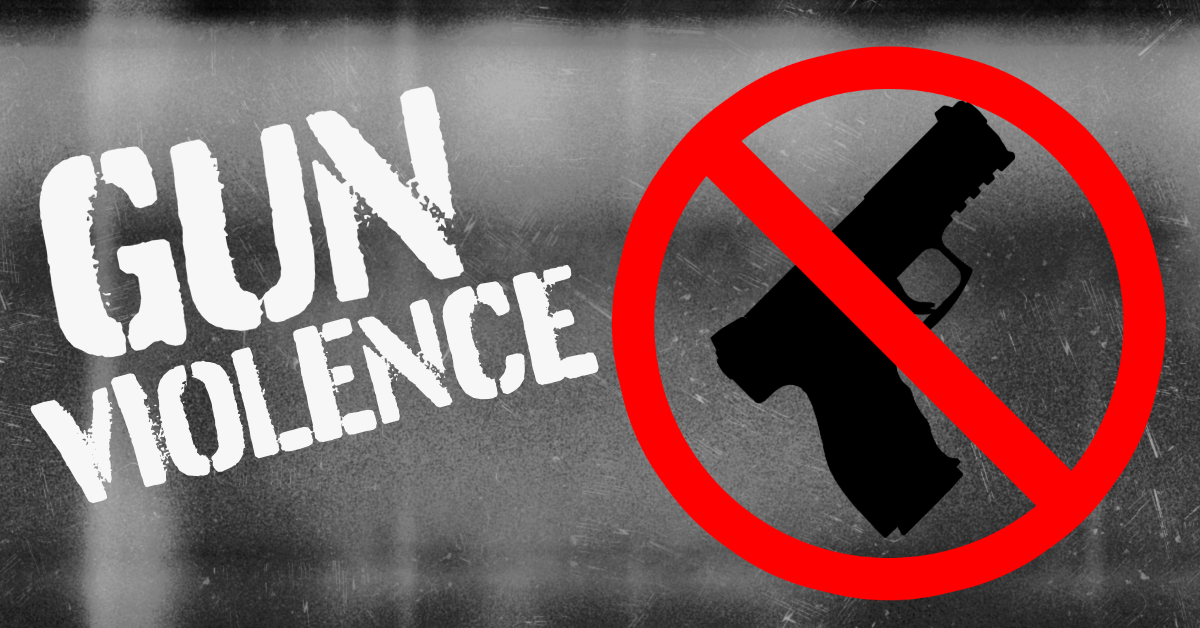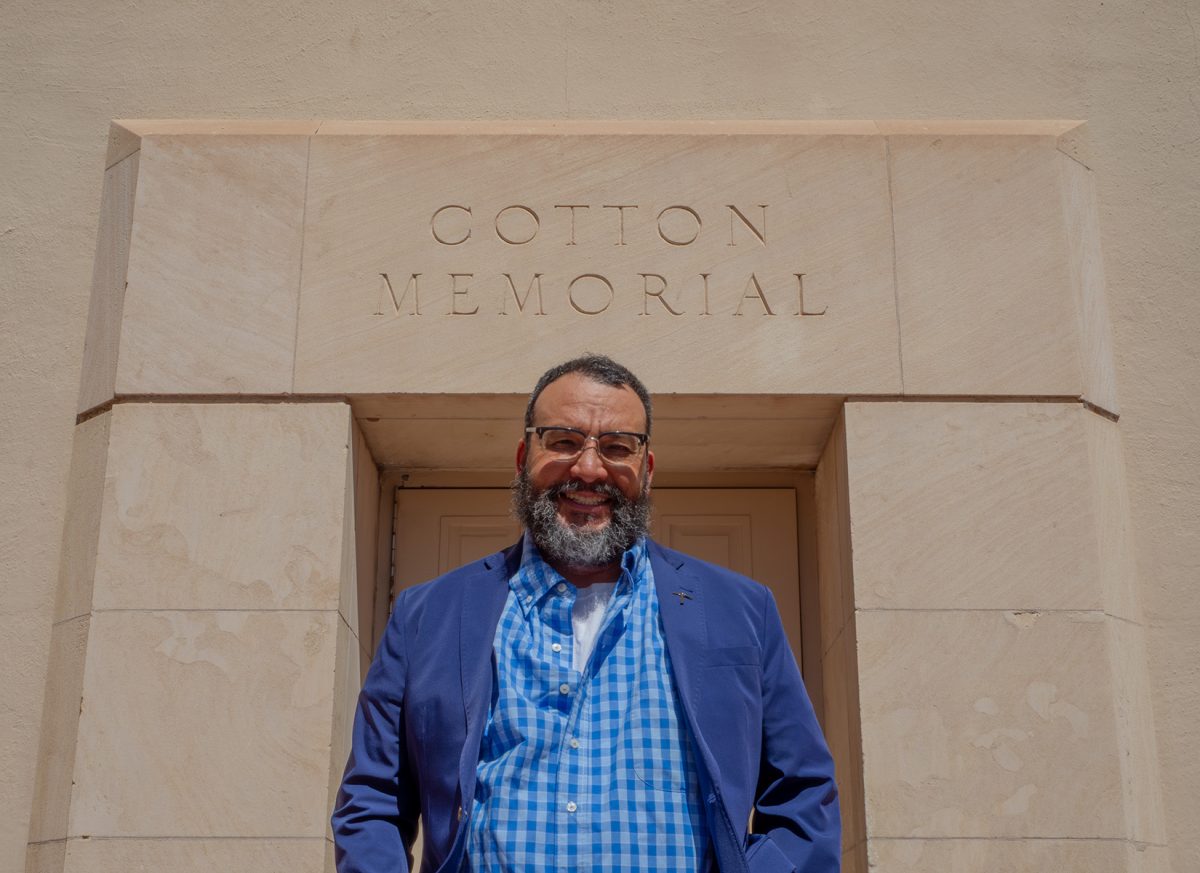Updates:
June 23, 10:08 p.m.
Neither Israel nor Iran have confirmed a status of a ceasefire following President Trump’s declaration. Only Foreign Minister Abbas Araghchi stated that Iran would stop its attacks if Israel ended its military strikes by 4 a.m. Tehran local time.
After this deadline passed, the Israeli military shared that Iran has continued to launch airstrikes towards Israel.
At least three Israeli people have been killed and 8 others injured.
June 23, 4:02 p.m.
President Trump said on Truth Social that Israel and Iran have agreed to a complete and total ceasefire. According to Trump, the war should end within 24 hours with each side remaining peaceful during each ceasefire.
June 23, 3:18 p.m.
Tensions in the Middle East and U.S. involvement reached a critical point over the weekend as the United States conducted military strikes on three nuclear facilities in Iran: Fordo, Natanz, and Isfahan.
In an address President Donald Trump delivered to the nation, he stated that “Operation Midnight Hammer,” was a military success.
“Iran, the bully of the Middle East, must now make peace. If they do not, future attacks will be far greater and a lot easier,” President Trump said.
In response to the U.S. joining in Israel’s attacks, Iran launched missiles at Israel on Sunday, June 22, making impacts in Haifa, Tel Aviv, Nez Ziona and Be’er Yaakov leaving 21 people wounded. On the same day, Israel struck missile and drone sites in Isfahan, Ahvaz, Bushehr and Yazd.
On Monday, Israel shared that they carried out more strikes against Iran, with the defense minister stating that their military is, “attacking with unprecedented force, regime targets and government repression entities in the heart of Iran.”
Within hours, Iran had attacked U.S. bases in Qatar and Iraq, but no Americans were harmed. According to a post made by Trump and the Potus Instagram account, Iran notified the U.S. in advance allowing them to ensure nobody was injured.
As Iran considers retaliating against the U.S. for its involvement in the conflict with Israel, tensions in the Middle East continue to rise. The situation is escalating, and military involvement is increasing, warranting continued monitoring from all involved.
US Involvement 2016-Present
In 2016, President Barack Obama signed the Joint Comprehensive Plan of Action (JCPOA), an agreement between Iran and the six world powers. The deal extended Iran’s breakout time—the time needed to acquire enough material for a nuclear weapons from two to three months to at least 12 months.
“Ensuring the security of the United States and the safety of our people demands a smart, patient and disciplined approach to the world. That includes our diplomacy with the Islamic Republic of Iran,” President Obama said.
This agreement ensured Iran’s nuclear program remained peaceful and was consistently monitored to make sure they were meeting the requirements of the agreement.
Two years later, President Trump withdrew the U.S. from this agreement after campaigning on it prior to his election.
“It is clear to me that we cannot prevent an Iranian nuclear bomb under the decaying and rotten structure of the current agreement,” Trump said according to ABC News.
In January of 2020, President Trump directed a U.S. military airstrike in Iraq killing Iranian General Qassem Soleimani, to which Iran responded by saying they would no longer adhere to their commitments of the nuclear program agreements.
As President Trump serves his second term, he has stood firm on siding with Israel. According to a fact sheet posted by The White House on Feb. 4, Trump signed a National Security Presidential Memorandum (NPSM) restoring maximum pressure on the government of Iran and said that he, “will not tolerate Iran possessing a nuclear weapons capability…” Also including that in 2020, Trump stated. That “as long as [he is] President of the United States, Iran will never be allowed to have a nuclear weapon.”
Four years later, in February 2024, Israel attacked an Iranian natural gas pipeline causing multiple explosions. Oct. 1, 2024 Iran fired missiles at Israel days after Israel killed the leader of Hezbollah. Within the same month Israel killed Hamas leader Yahya Sinwar and openly attacked Iran for the first time.
Although the direct conflict began in 2024, the war between Israel and Iran did not begin until June 13 of this year. For three days in a row, Israel unleashed airstrikes on Iran.
In response, the International Atomic Energy Agency (IAEA) Director General Rafael Mariano Grossi restated that “nuclear facilities must never be attacked, regardless of the context or circumstance, as it could harm both people and the environment.”
Israel-Iran Conflict Since 1979
Tensions between the two nations date far back. Since 1979, Israel’s relationship with Iran had become tense, but those tensions rose following the conclusion of the Gulf War of 1991 when Israeli leaders began to view Iran as the next threat.
In the early 2000s, Iranian President Mahmoud Ahmadinejad, denied the Holocaust categorizing it as a “myth” and referencing the late Ayatollah Ruhollah Khomeini saying, “As the imam said, Israel must be wiped off the map,” according to The Guardian.
Iran has shown support for groups such as Hezbollah, Hamas and Hauthi. As a result, Israel has remained on high alert of Iran for decades.
As military operations intensify, the involvement of the United States has marked a turning point in the Israel-Iran conflict. With Iran directly retaliating against both Israeli and American targets, the world watches closely to see what will unfold in the Middle East.
Evelyn Palma is the editor-in-chief of The Prospector and may be reached at [email protected] and on Instagram @evelynp.media.









Kelly • Jun 23, 2025 at 8:31 PM
🙀🙀🙀